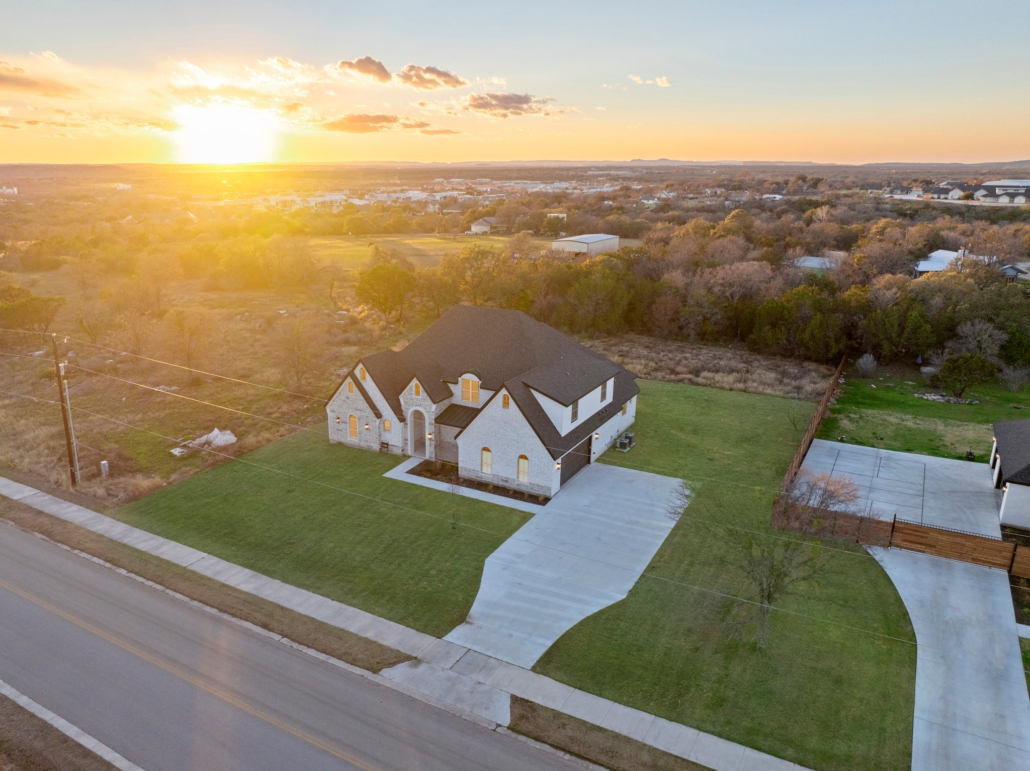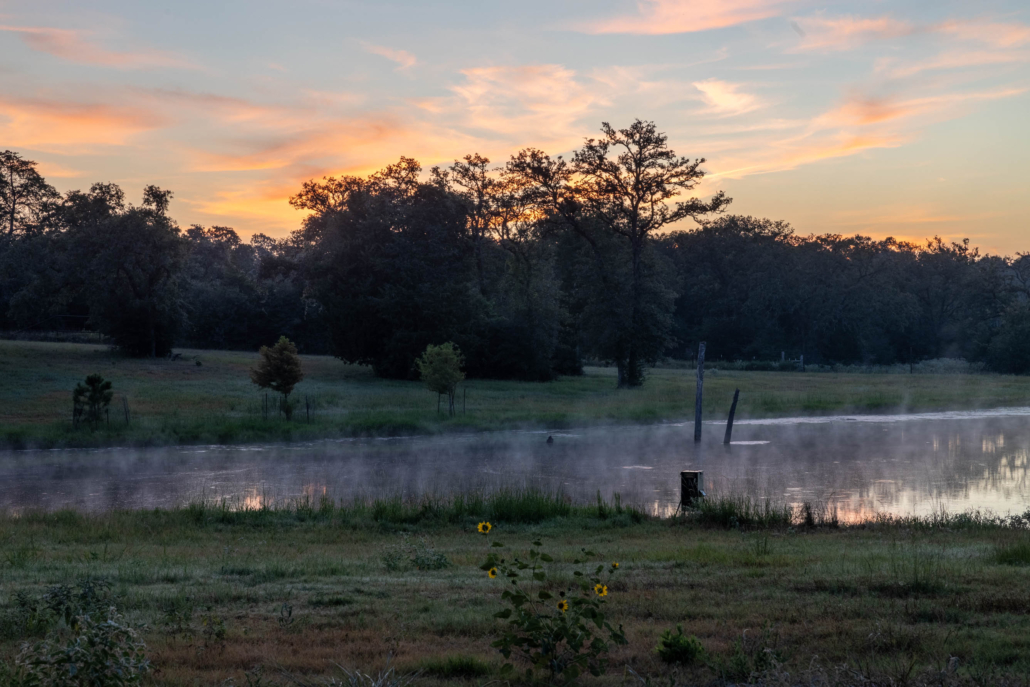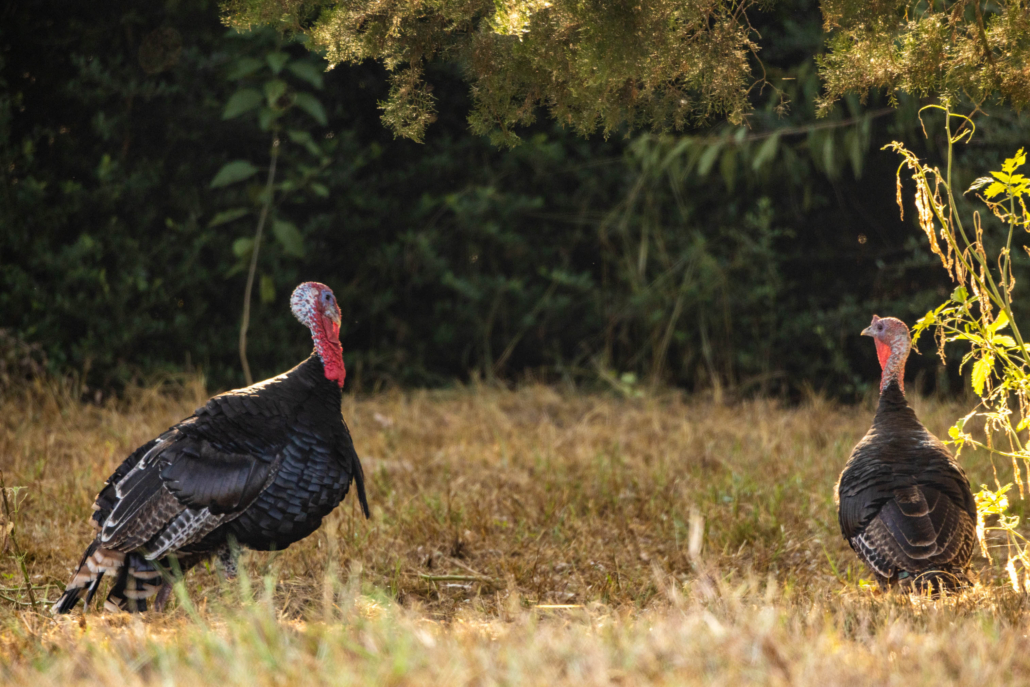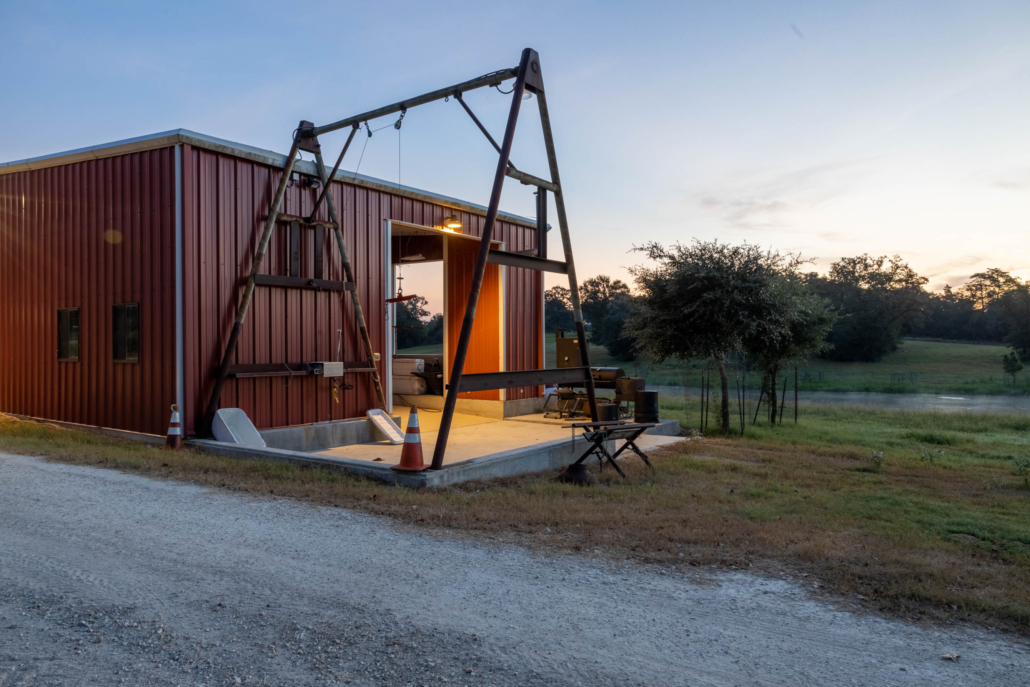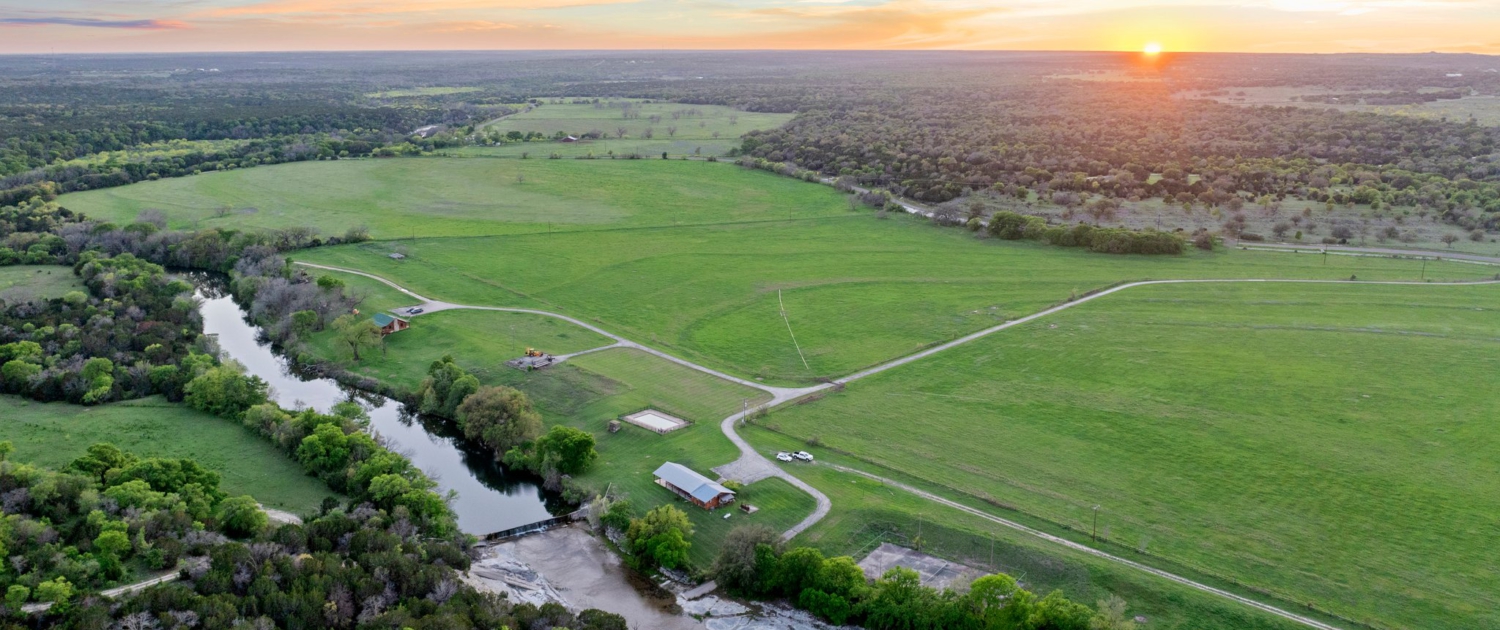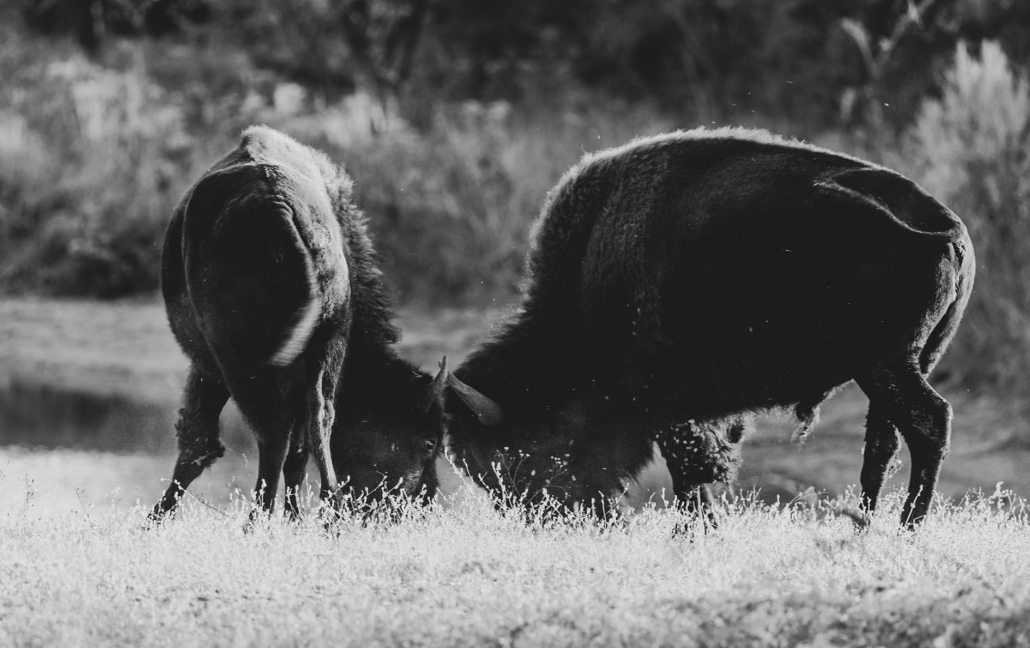Ranch real estate photography presents unique challenges and opportunities. Capturing the essence of expansive properties, scenic landscapes, and rural lifestyles can greatly enhance the appeal of a listing. However, there are several common mistakes that can detract from the quality of your photos and reduce their effectiveness in attracting potential buyers. Here’s an in-depth look at things to avoid in ranch real estate photography.
Overlooking the Importance of Preparation
One of the most crucial aspects of successful Austin real estate photography is preparation. Failing to prepare can result in photos that don’t do justice to the property. Before your shoot, spend time walking around the ranch to familiarize yourself with the layout and identify key features. Make sure the property is clean and well-maintained. Remove clutter, mow the lawn, and ensure that barns and outbuildings are tidy. A well-prepared property looks more inviting and highlights its best features.
Ignoring the Time of Day

The quality of light is one of the most important factors in photography. Shooting at the wrong time of day can result in harsh shadows, blown-out highlights, and unflattering images. The best times to shoot are during the golden hours—shortly after sunrise and before sunset—when the light is soft and warm. Avoid shooting in the middle of the day when the sun is high and the light is harsh. If you must shoot during this time, try to find shaded areas or use diffusers to soften the light.
Using Inappropriate Equipment
The right equipment can make a significant difference in the quality of your photos. Using an older smartphone or a basic point-and-shoot camera might not provide the resolution and flexibility needed for professional real estate photography. Invest in a good DSLR or mirrorless camera with interchangeable lenses. A wide-angle lens is essential for capturing the expansive landscapes typical of ranches, while a telephoto lens can help isolate specific details and wildlife. Also, don’t forget to use a tripod to ensure your shots are sharp and well-composed.
Neglecting Composition and Framing
Composition and framing are crucial elements in photography. Poorly composed photos can make even the most beautiful property look unappealing. Avoid placing the main subject in the center of the frame. Instead, use the rule of thirds to create a more balanced and dynamic composition. Make sure the horizon line is straight, and avoid tilting the camera unless you’re aiming for a specific artistic effect. Pay attention to the edges of your frame to ensure there are no distracting elements like telephone poles, wires, or stray objects.
Overediting or Underediting Photos
Editing is an essential part of the photography process, but it’s easy to go overboard or not do enough. Overedited photos with excessive saturation, sharpness, or HDR effects can look unnatural and off-putting. On the other hand, underedited photos that are too dark, too light, or lack contrast can fail to capture the viewer’s interest. Aim for a natural look that enhances the property’s features without misrepresenting them. Use editing software to adjust exposure, contrast, color balance, and to remove any minor blemishes or distractions.
Skipping Key Features

Every ranch has unique features that make it special. Failing to capture these elements can make your Austin ranch real estate photography less compelling. Highlight features like barns, stables, ponds, wildlife, streams, trails, and scenic views. Include shots of any significant buildings, both exterior and interior. If the ranch has unique landscaping, gardens, or outdoor living spaces, be sure to showcase these as well. These details can make the property stand out and give potential buyers a better sense of what it has to offer.
Forgetting to Include Lifestyle Shots
Ranches offer a unique lifestyle that can be a major selling point. Photos that capture this lifestyle can make your listing more appealing. Include shots of activities like horseback riding, farming, gardening, or family gatherings. These images help potential buyers envision themselves living on the ranch and enjoying its amenities. However, be mindful of privacy and obtain permission from any individuals featured in your photos.
Failing to Show Scale

Ranches are typically large properties, and it’s important to convey their scale in your photos. Wide-angle shots can help capture the vastness of the land, but they can sometimes distort the perspective. To show scale accurately, include reference points like fences, trees, or buildings in your shots. Aerial photography can also be a powerful tool for showing the full extent of the property and its surroundings. If you use a drone, make sure to follow all regulations and obtain the necessary permissions.
Overlooking Weather Conditions
Weather can have a significant impact on the mood and quality of your photos. Overcast days can provide even lighting and reduce harsh shadows, but they can also make the property look dull and uninspiring. On the other hand, sunny days can enhance the vibrancy of the landscape, but they can also create challenging lighting conditions. Plan your shoot according to the weather forecast and be prepared to reschedule if conditions are not ideal. Sometimes, dramatic weather like a misty morning or a colorful sunset can add a unique and appealing atmosphere to your photos.
Neglecting Safety
Safety should always be a priority when photographing large properties like ranches. Be aware of your surroundings and any potential hazards, such as uneven terrain, animals, or machinery. Wear appropriate footwear and clothing, and don’t take unnecessary risks to get a shot. If you’re using a drone, ensure you’re familiar with its operation and follow all safety guidelines to prevent accidents.
In conclusion, avoiding these common mistakes can significantly enhance the quality of your ranch real estate photography. By preparing the property, choosing the right time of day, using appropriate equipment, paying attention to composition, and carefully editing your photos, you can create compelling images that attract potential buyers. Highlighting unique features, including lifestyle shots, accurately conveying scale, considering weather conditions, and prioritizing safety will further improve the effectiveness of your photos. With careful planning and execution, your ranch real estate photography can stand out and make a lasting impression.

